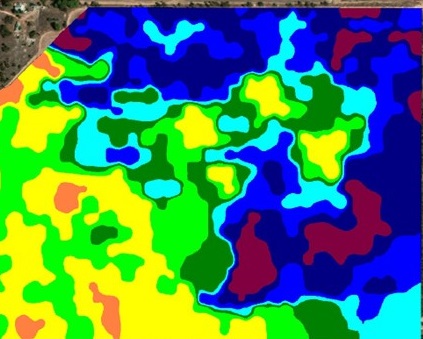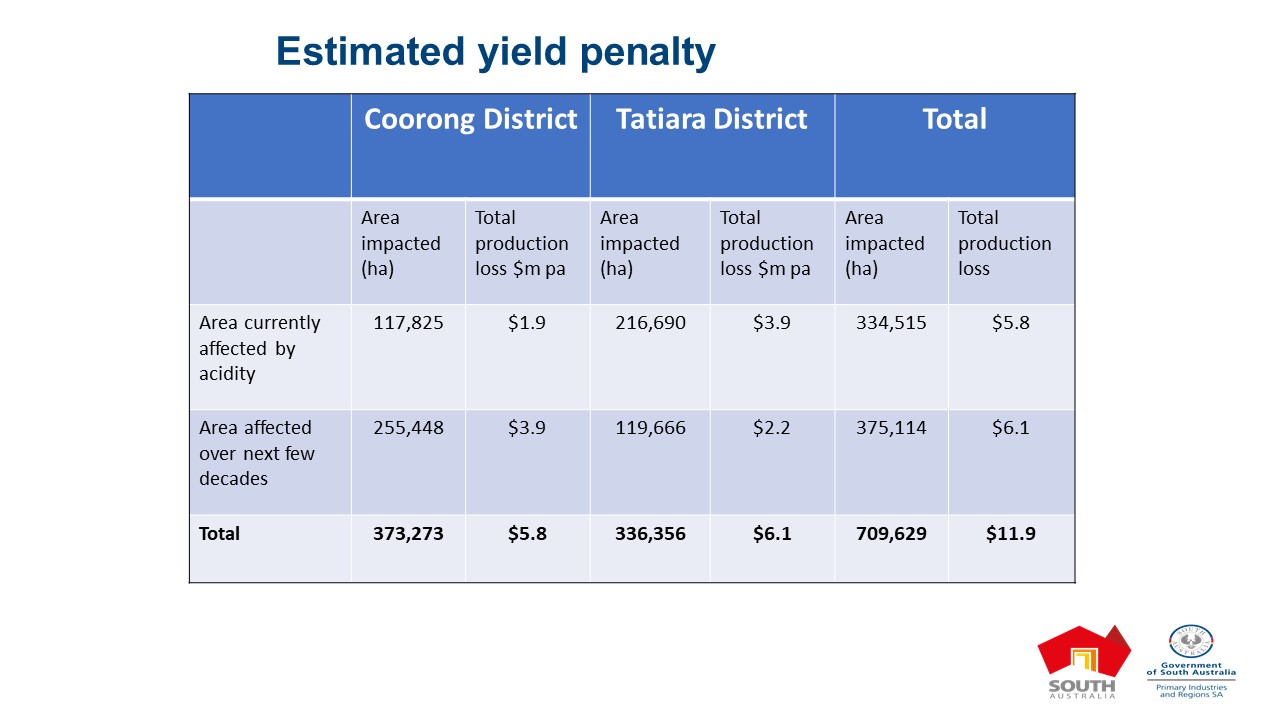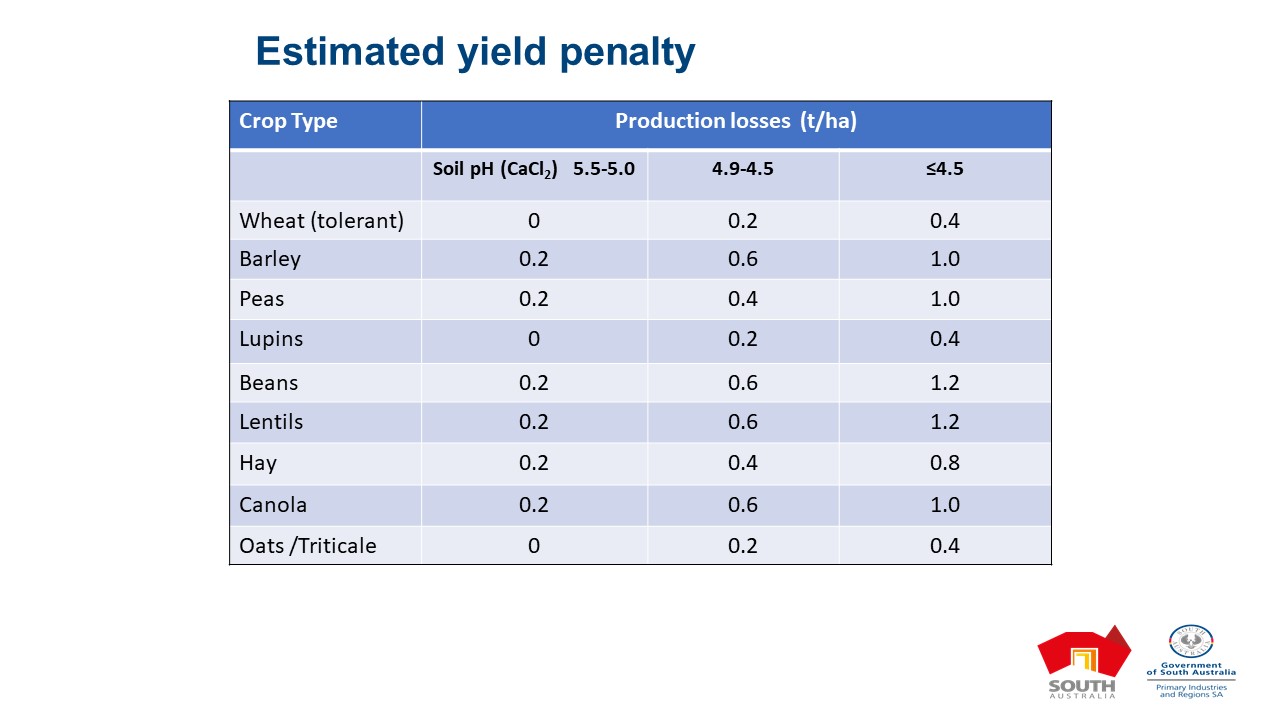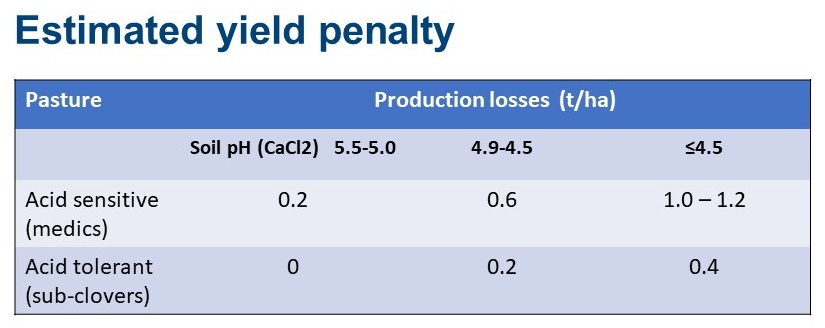Soil Acidity in the Coorong and Tatiara Districts
Soil Acidity in the Coorong and Tatiara Districts
The Coorong and Tatiara District Council covers a combined area of 1.54 million hectares. It is a productive area of SA with a total value of annual agricultural production of more than $490M (ABS, 2015-16).
Soil acidity (low soil pH) is becoming an emerging and significant problem throughout the area particularly on the sandy to sandy loam textured soils. It is a natural process but is accelerated with more productive and intensive farming practices. When the soil falls below pH 5.5 (CaCl2) the productivity of crops and pastures starts to decline. The area currently acidic or likely to become acidic in the next few years is approximately 334,500 hectares or 35.6% of the agricultural area with an estimated production loss of $5.3M.
KEY POINTS
- Soil acidity is becoming an emerging and significant issue throughout the Coorong and Tatiara District Council areas having a major constraint on crop and pasture production
- Soil acidity can affect sub-surface and sub-soils
- Soil pH should be tested in paddocks on a regular basis at 5 cm increments to at least 15 cm
- Soil acidity can be treated with the use of lime and / or soil modifications (such as ripping, delving, spading and clay spreading) provided that the underlying clay is alkaline
Soil acidity and treatment in the Coorong and Tatiara District Council areas.
It is estimated that a further 375,000 hectares of agricultural land in the area has the potential to become acidic over the next few decades assuming that the current farming practices continue and that soils are not adequately treated.
ESTIMATED YIELD PENALTY
- When the soil pH falls below 5.5 (CaCl2) then yields of crops and pastures start to decline
- The estimated yield penalty for crops and pastures with increasing soil acidity has been sourced from research trials, observation and pH vs yield maps
- Commodity prices have been based on an average for example $260/ wheat and $700/lentils
- The total value of production losses are therefore conservative
RESOURCES
Through the Small Smart Farms Project- Understanding soil pH growth constraints funded by the Australian Government’s National Landcare Program with the support of the Tatiara and Coorong District Councils has allowed this work to improve our understanding of the impact of soil acidity on our region.
Please click on the links below to access further information about this project and Soil Acidity in the Coorong and Tatiara Districts
- Fact Sheet: Soil acidity and treatment in the Coorong and Tatiara Districts
- Report: Soil acidity and treatment in the Coorong and Tatiara Districts
For further information summarising;
- Soil acidity impacts
- Yield penalty, and
- Treatments, please keep scrolling
CAUSES OF SOIL ACIDITY
Soil acidity is a natural process accelerated by agriculture. It is caused by an accumulation of H+ ions: (pH – logarithm of H+ ions)
EFFECTS OF SOILS ACIDITY
EFFECTS OF SOILS ACIDITY ON PLANTS
TREATMENT OPTIONS
Further details on the economics of these treatment options is outlined in the following resources;
- Fact Sheet: Soil acidity and treatment in the Coorong and Tatiara Districts
- Report: Soil acidity and treatment in the Coorong and Tatiara Districts
IN SUMMARY
Soil acidity is a significant and emerging problem throughout the Coorong and Tatiara area especially on the sandy and sandy loam soils having a significant effect on crop and pasture yields
Monitor soils for soil pH on a regular basis approximately every 5 years. Sample at depths of 0-5 and 5-10 cm
Lime and or soil modification techniques such as ripping, spading, delving or clay spreading are options provided that the underlying clay has a neutral or alkaline soil pH
The pay back for liming is about 1 to 1.5 years. Clay spreading is in the order of 2.5 to 4.0 years





